Home>Gardening & Outdoor>Pool & Spa Care>Why Did My Hot Tub Drain
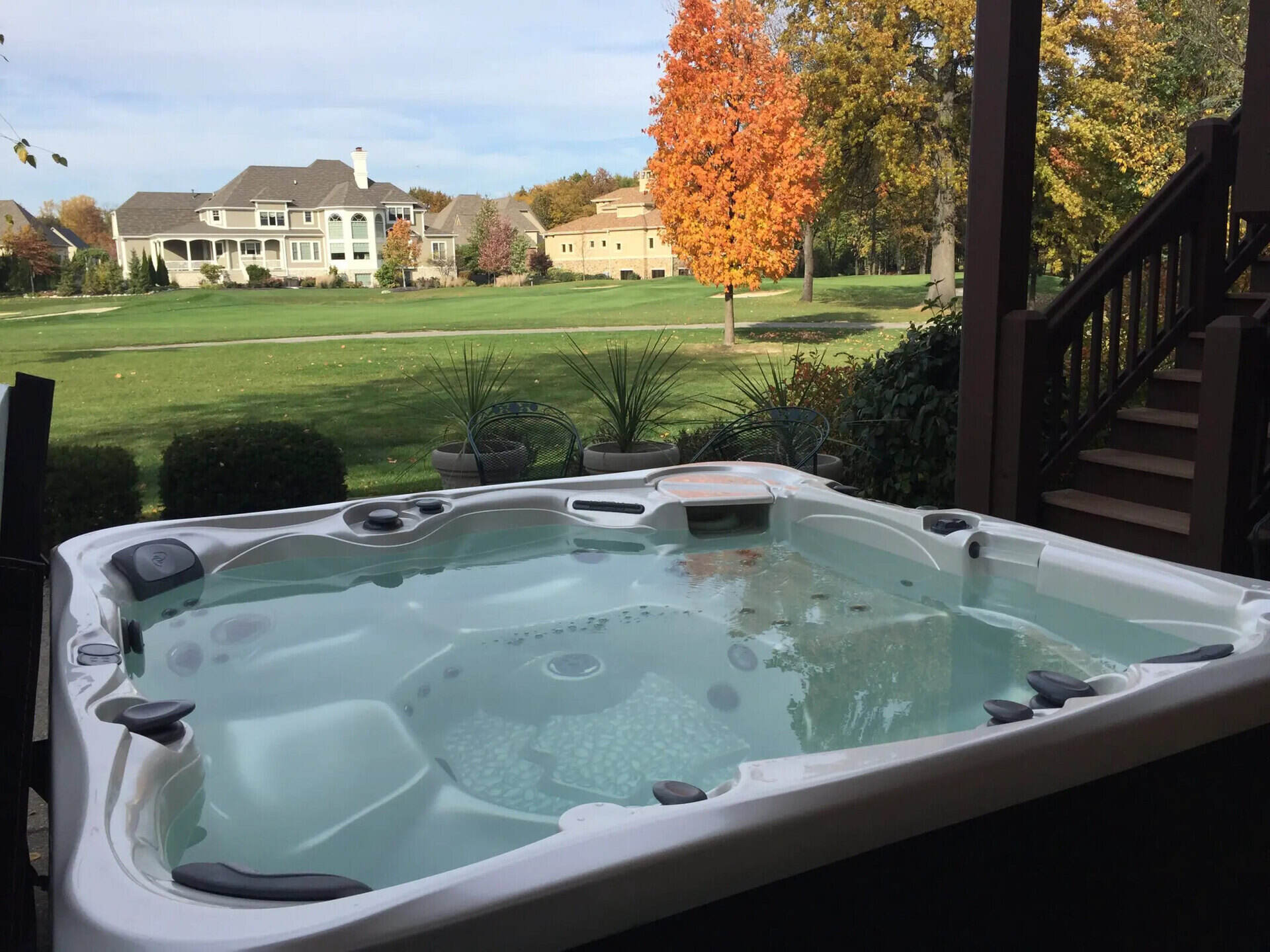

Pool & Spa Care
Why Did My Hot Tub Drain
Modified: February 26, 2024
Discover the reasons why your hot tub is draining and learn essential pool and spa care tips to prevent future issues. Explore expert advice and solutions.
(Many of the links in this article redirect to a specific reviewed product. Your purchase of these products through affiliate links helps to generate commission for Storables.com, at no extra cost. Learn more)
**
Introduction
**
So, you're ready to unwind in your hot tub after a long day, only to find that it's not draining properly. This can be frustrating, especially when you're looking forward to a relaxing soak. Understanding the reasons behind a hot tub's drainage issues can help you troubleshoot and address the problem effectively. Let's explore some common causes of hot tub drainage problems and how to resolve them. Whether it's a clogged drain, a malfunctioning pump, leaking seals, or power issues, we'll delve into each potential culprit and provide insights to help you restore your hot tub to its optimal condition.
Key Takeaways:
- Regular maintenance, such as cleaning the drain and inspecting the pump, can prevent hot tub drainage issues, ensuring uninterrupted relaxation and optimal water flow.
- Addressing leaking seals and power-related issues promptly can minimize water loss and maintain a stable power supply, promoting efficient hot tub drainage and a seamless relaxation experience.
Read more: Why Is My Hot Tub Overheating
Clogged Drain
A clogged drain is a frequent culprit behind hot tub drainage issues. Over time, debris, such as dirt, leaves, and hair, can accumulate in the drain, impeding the water flow. Additionally, mineral deposits from hard water can contribute to clogging. When the drain is obstructed, water may not exit the tub efficiently, leading to slow drainage or complete blockage.
To address a clogged drain, start by turning off the hot tub to ensure safety. Next, remove any debris or visible blockages from the drain using a tool like a plumbing snake or a drain cleaning solution. For mineral buildup, a mixture of vinegar and water can be effective in breaking down the deposits. Regular maintenance, including cleaning the filter and skimming the water’s surface, can help prevent future clogs.
By addressing a clogged drain promptly and incorporating preventive measures, you can maintain optimal water flow and ensure that your hot tub drains efficiently, allowing you to enjoy uninterrupted relaxation.
Malfunctioning Pump
The pump plays a crucial role in the proper functioning of a hot tub, circulating water and facilitating filtration. When the pump malfunctions, it can lead to drainage issues. Common causes of pump malfunctions include electrical issues, clogged impeller, or mechanical failures.
If you suspect a malfunctioning pump, begin by checking the power supply and ensuring that the pump is receiving electricity. Inspect the pump for any visible signs of damage or debris that may be obstructing the impeller. Clearing any blockages and ensuring that the impeller can rotate freely can sometimes resolve the issue.
If the pump continues to experience problems, it may require professional inspection and repair. A certified technician can diagnose the specific issue, whether it involves electrical components, mechanical parts, or the impeller assembly, and perform the necessary repairs to restore the pump’s functionality.
Regular maintenance, including cleaning the pump and ensuring proper water chemistry, can help prevent pump malfunctions and contribute to the overall efficiency of your hot tub system.
Check for clogs in the drain, filter, or pump. Debris and hair can cause blockages and prevent proper drainage. Regular cleaning and maintenance can help prevent this issue.
Leaking Seals
Leaking seals can be a significant factor contributing to hot tub drainage problems. The seals around the hot tub’s plumbing and equipment, such as the pump and heater, are essential for maintaining a watertight seal. Over time, these seals may deteriorate due to wear and tear, exposure to chemicals, or improper installation.
When seals degrade, they can allow water to escape, leading to a drop in water level and potential drainage issues. To identify leaking seals, inspect the areas around the pump, heater, and other plumbing connections for any signs of water accumulation or moisture. Additionally, a noticeable decrease in water level between hot tub uses can indicate seal-related leaks.
To address leaking seals, it’s crucial to pinpoint the specific areas of concern and replace the damaged seals promptly. This may involve disassembling certain components to access the seals and installing new, properly fitting replacements. Regularly inspecting and maintaining the seals can help mitigate potential leaks and preserve the integrity of the hot tub’s plumbing system.
By addressing leaking seals proactively and ensuring their proper function, you can minimize water loss and maintain the optimal water level in your hot tub, contributing to efficient drainage and overall performance.
Power Issues
Power issues can significantly impact the functionality of a hot tub, potentially leading to drainage problems. A disruption in the electrical supply to the hot tub can affect the operation of essential components, such as the pump and drain valve, resulting in drainage issues and overall system malfunction.
When troubleshooting power-related drainage problems, start by checking the hot tub’s electrical connections and ensuring that the power source is stable and reliable. Inspect the circuit breaker or fuse box to verify that there are no tripped breakers or blown fuses that may be impeding the flow of electricity to the hot tub.
If the hot tub is equipped with a control panel, review the settings and ensure that the system is receiving the appropriate power input. Any error codes or indicator lights on the control panel can provide valuable insights into potential power-related issues that may be affecting the drainage functionality.
In cases where power issues persist, it is advisable to seek assistance from a qualified electrician or hot tub technician to diagnose and address the underlying electrical problems. Professional expertise can help identify and resolve issues related to wiring, circuitry, or component failures, ensuring the reliable and consistent operation of the hot tub’s drainage system.
By addressing power-related issues promptly and ensuring a stable electrical supply, you can optimize the functionality of your hot tub’s drainage system, promoting efficient water flow and a seamless relaxation experience.
Read more: Why Is My Hot Tub Getting Too Hot
Conclusion
Understanding the potential reasons behind hot tub drainage issues empowers you to address these problems effectively, ensuring that your relaxation oasis functions optimally. Whether it’s a clogged drain, a malfunctioning pump, leaking seals, or power-related issues, proactive maintenance and troubleshooting can help resolve drainage issues and prevent future complications.
Regular maintenance, including cleaning the drain, inspecting the pump, and maintaining the integrity of seals, is essential for preventing and addressing drainage problems. By incorporating preventive measures, such as skimming the water’s surface and monitoring the water chemistry, you can mitigate the accumulation of debris and mineral deposits that contribute to clogging and pump malfunctions.
Addressing leaking seals promptly and ensuring their proper function can minimize water loss and maintain the optimal water level in your hot tub, contributing to efficient drainage and overall performance. Additionally, proactive measures to address power-related issues, such as verifying the electrical connections and seeking professional assistance when necessary, can help maintain a stable power supply to the hot tub, promoting reliable drainage functionality.
By taking a proactive approach to hot tub maintenance and promptly addressing any drainage issues, you can enhance the enjoyment and longevity of your hot tub, ensuring that it remains a source of relaxation and rejuvenation for years to come.
Frequently Asked Questions about Why Did My Hot Tub Drain
Was this page helpful?
At Storables.com, we guarantee accurate and reliable information. Our content, validated by Expert Board Contributors, is crafted following stringent Editorial Policies. We're committed to providing you with well-researched, expert-backed insights for all your informational needs.
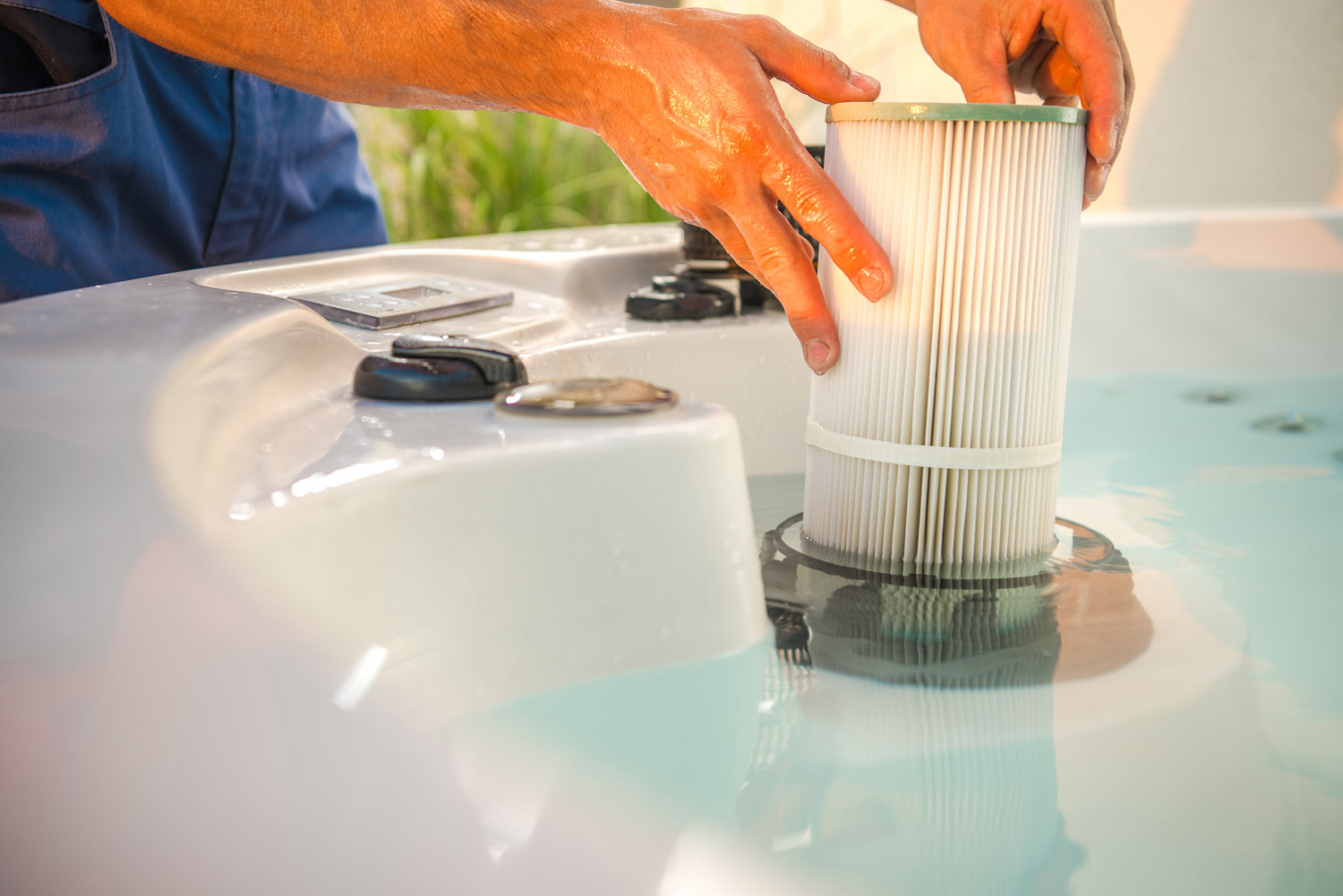
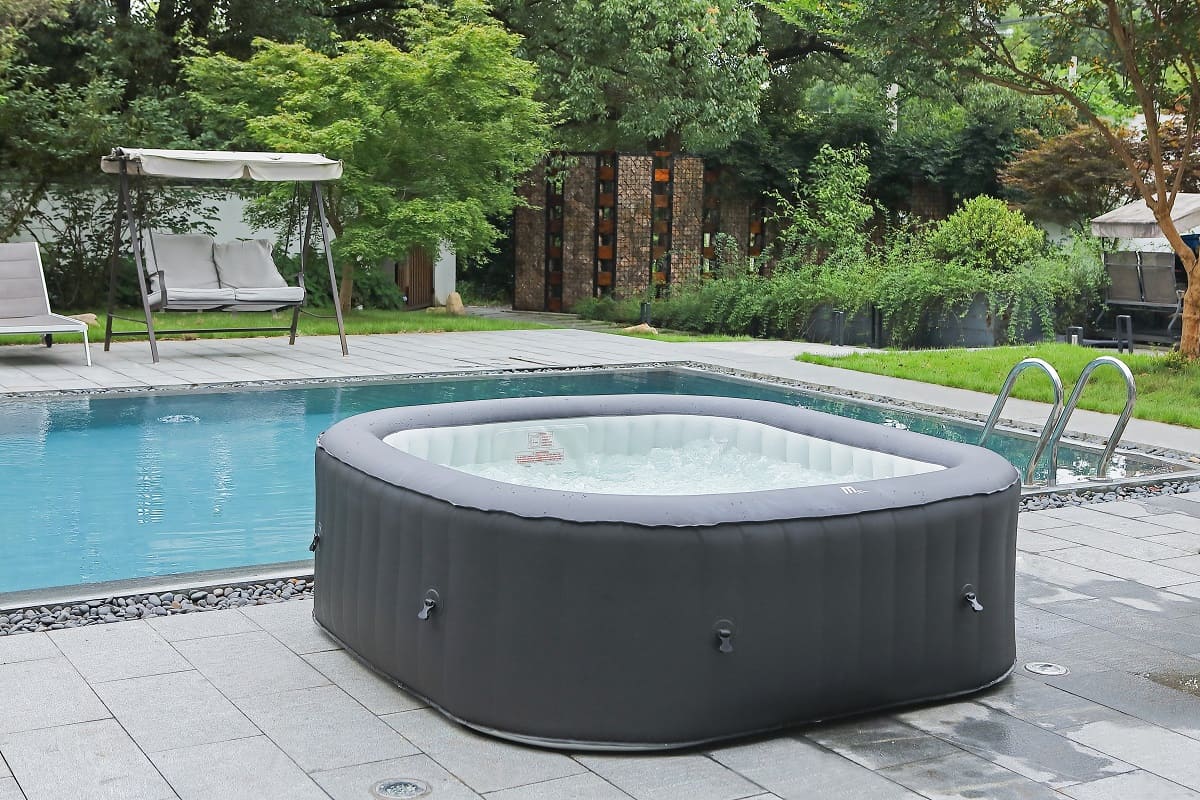
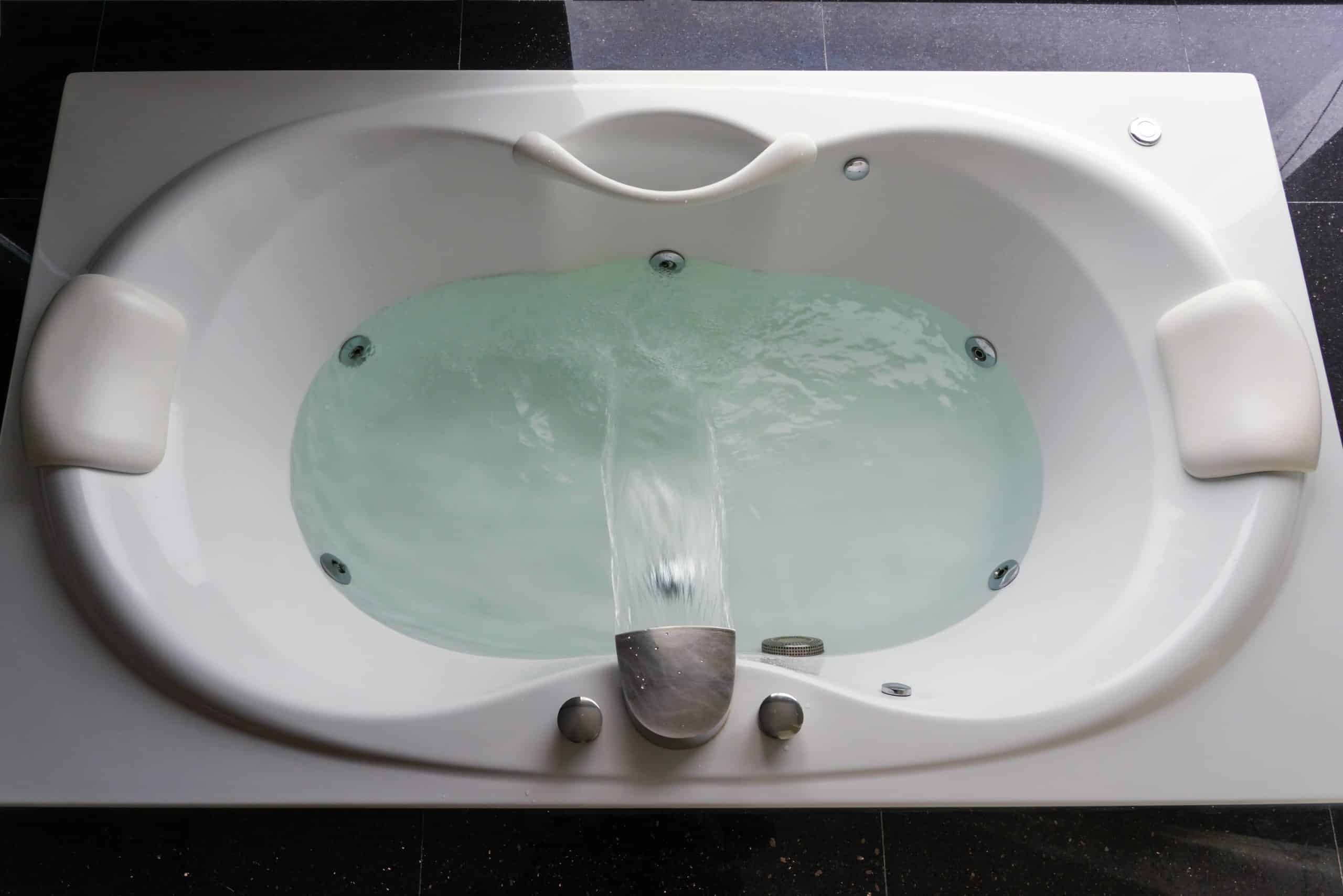
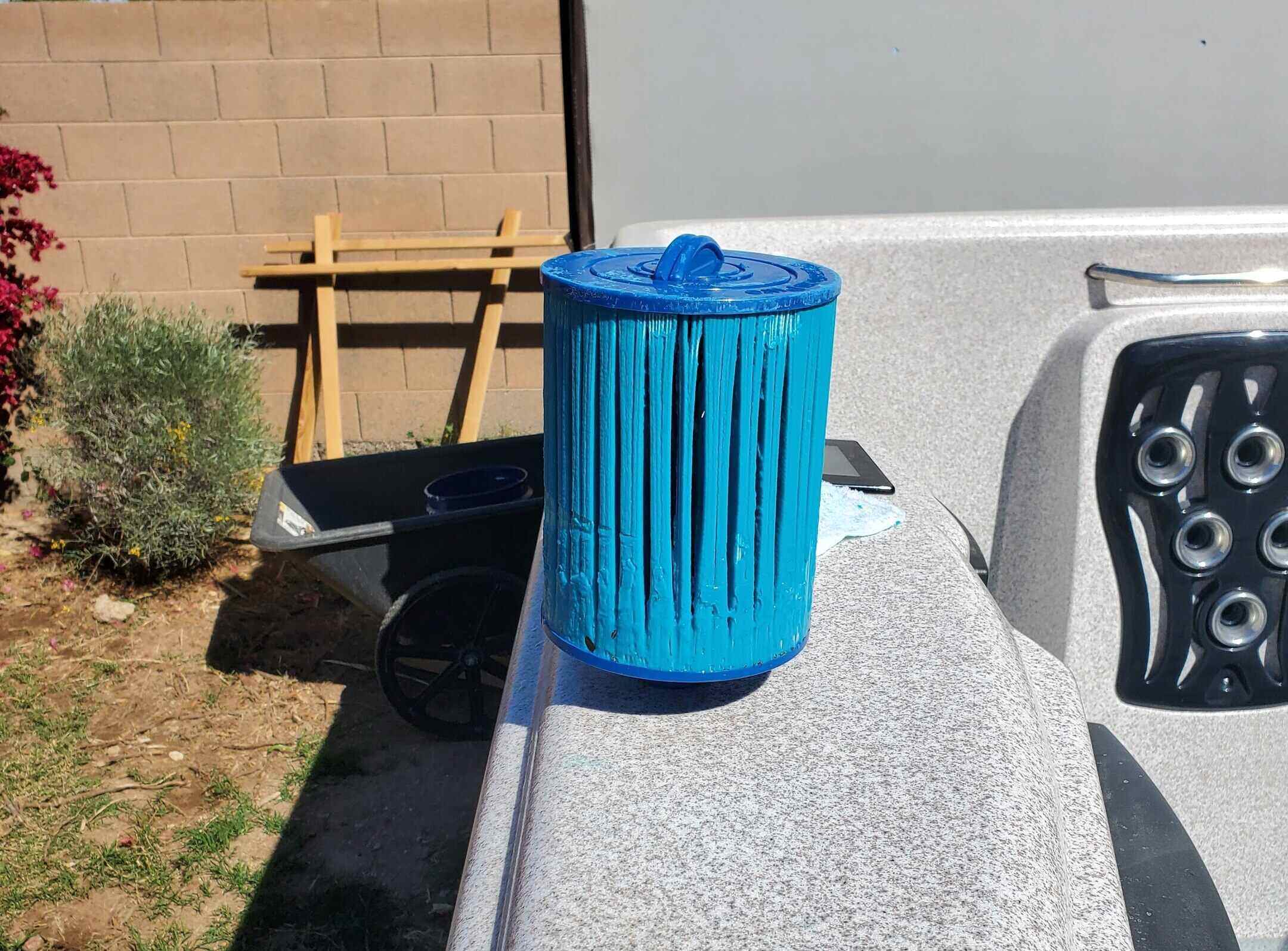
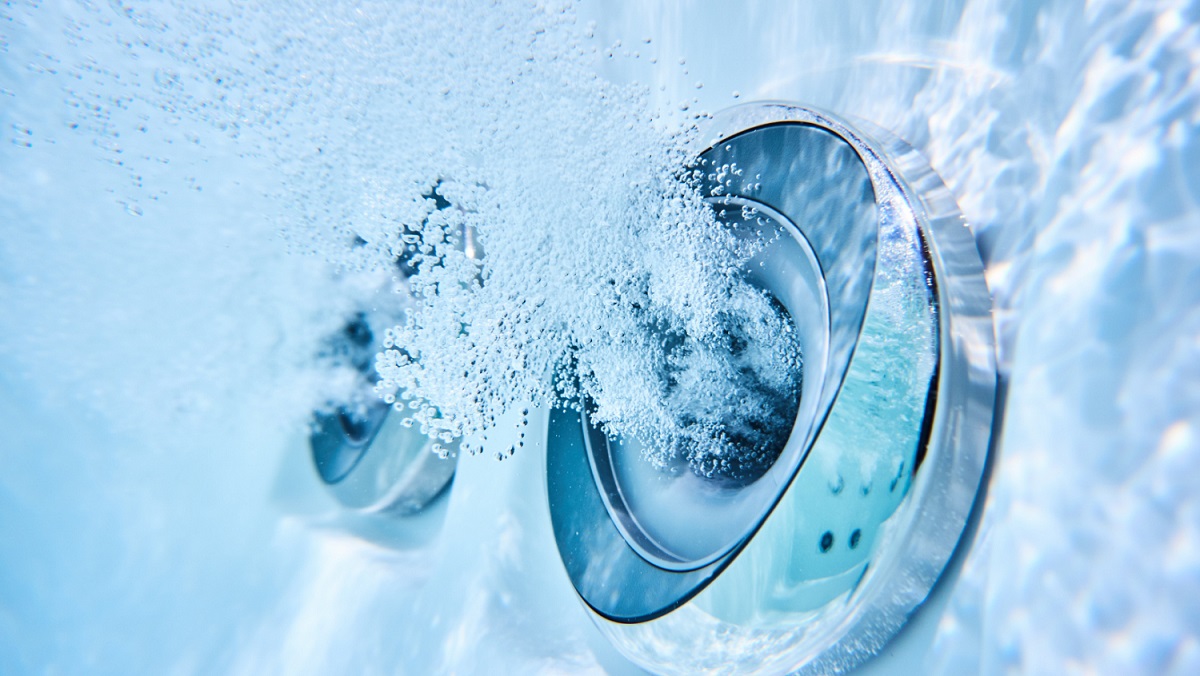
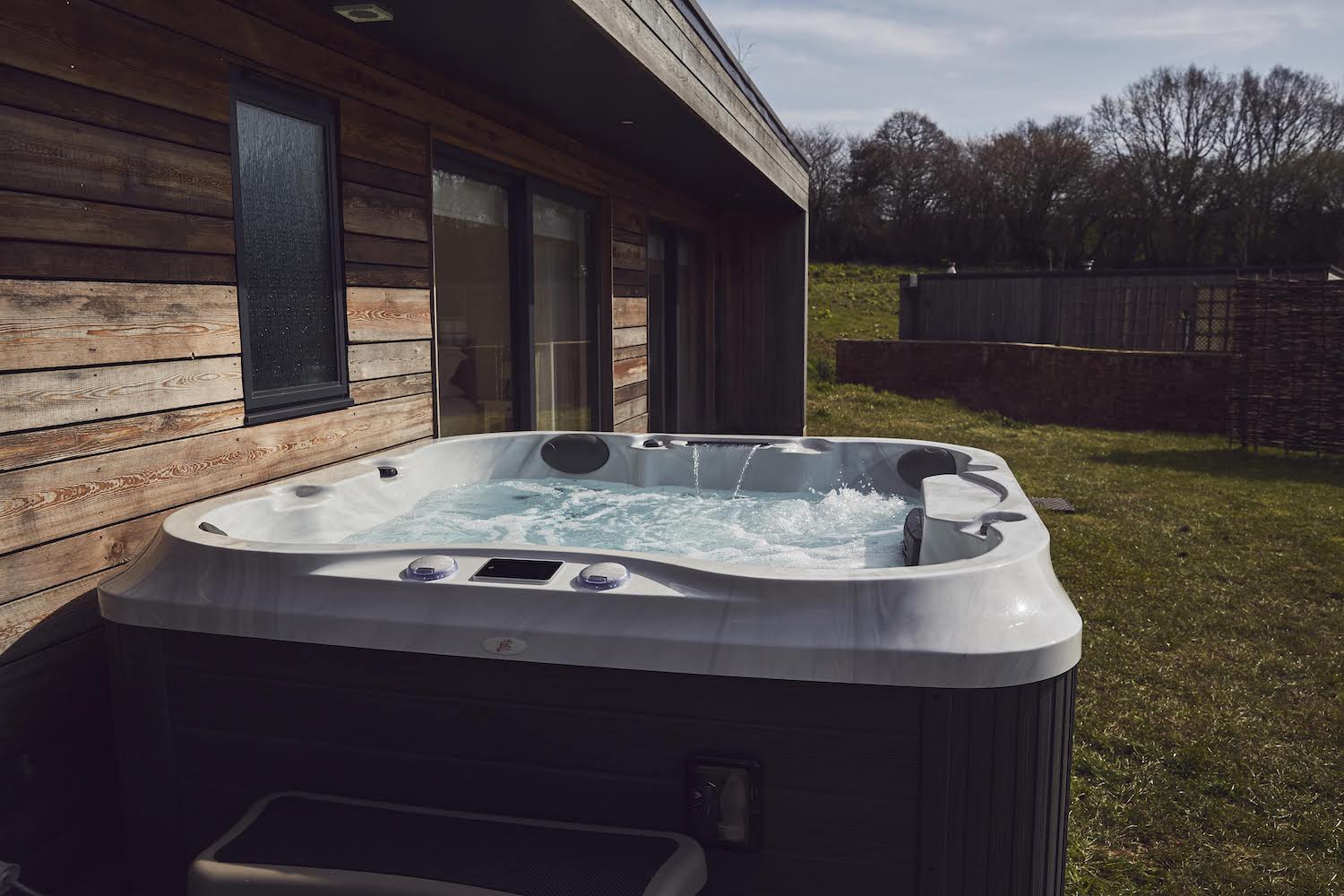
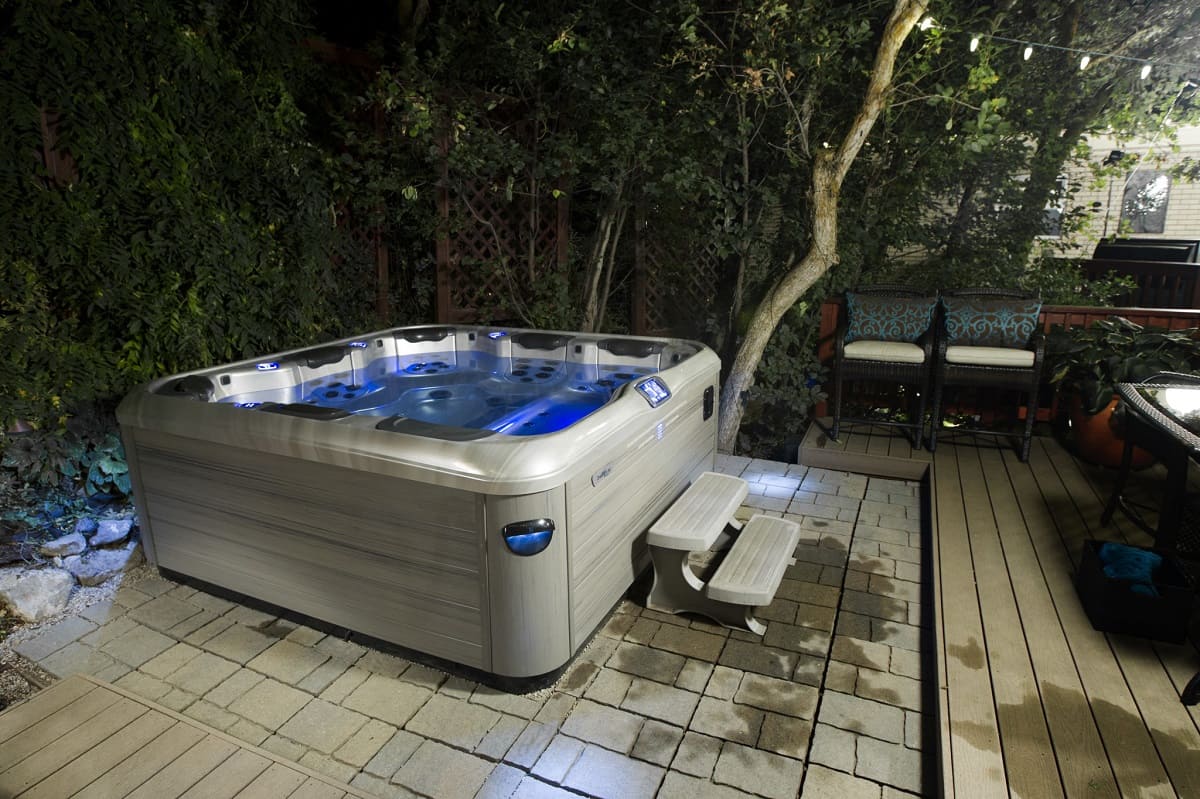
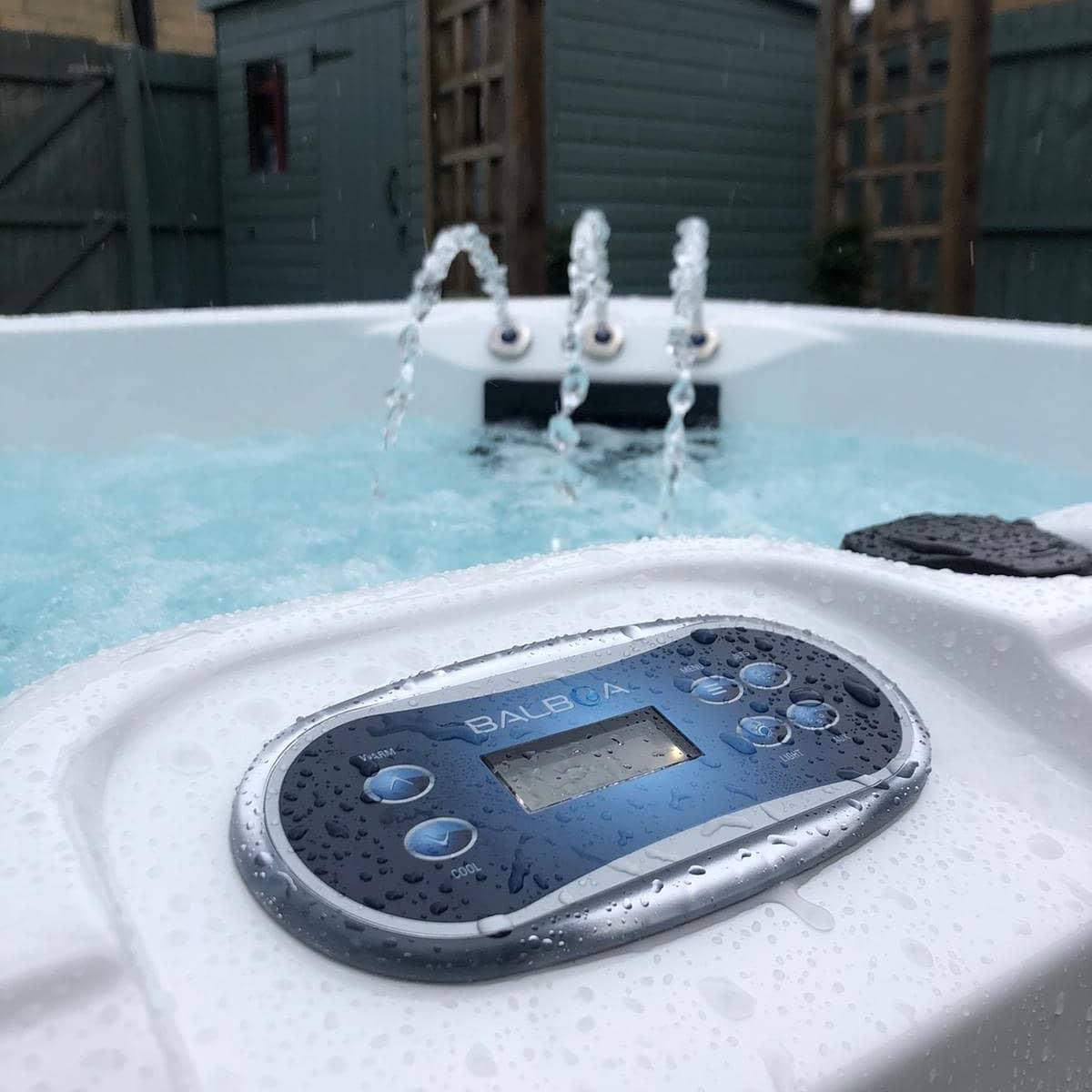
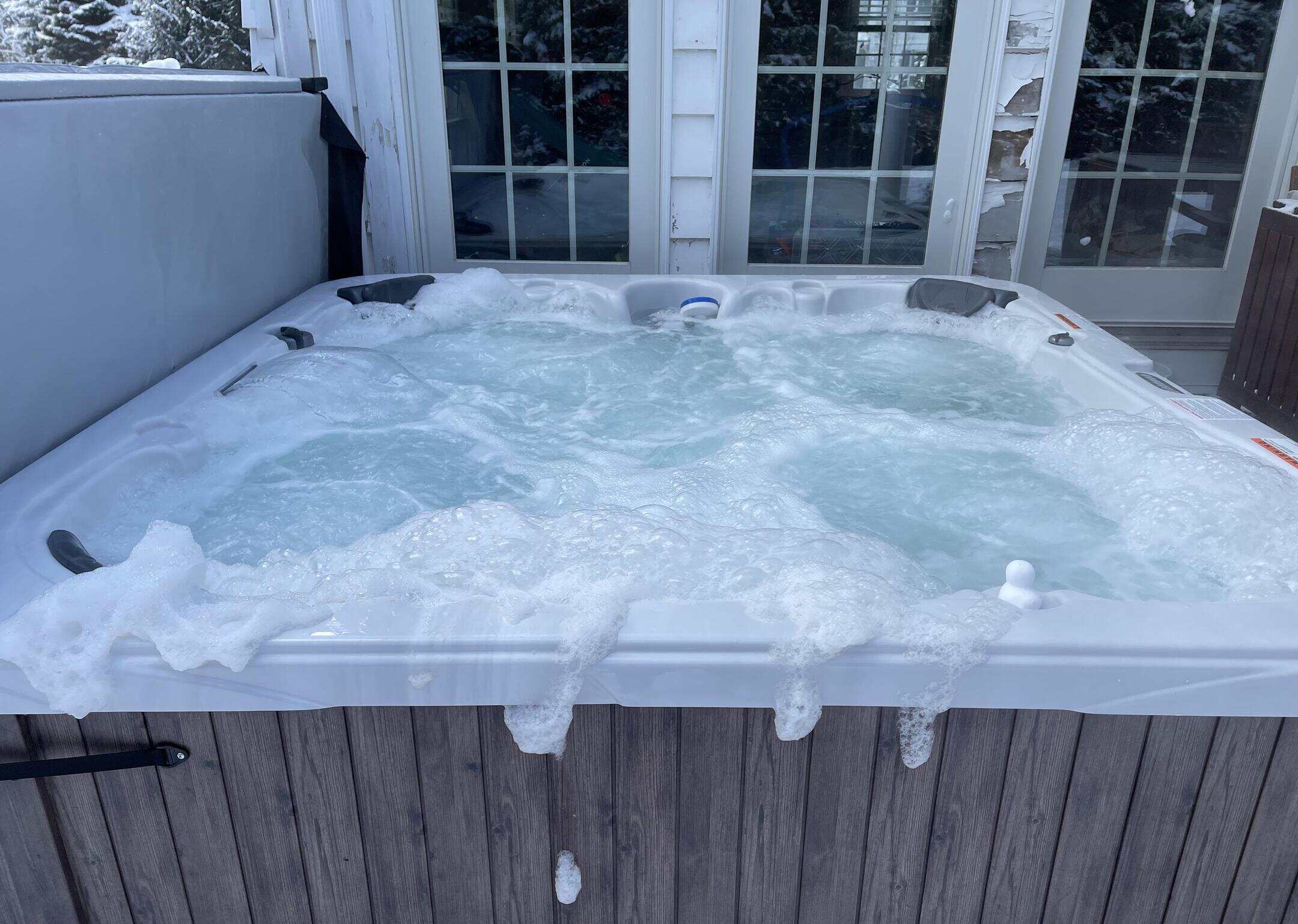
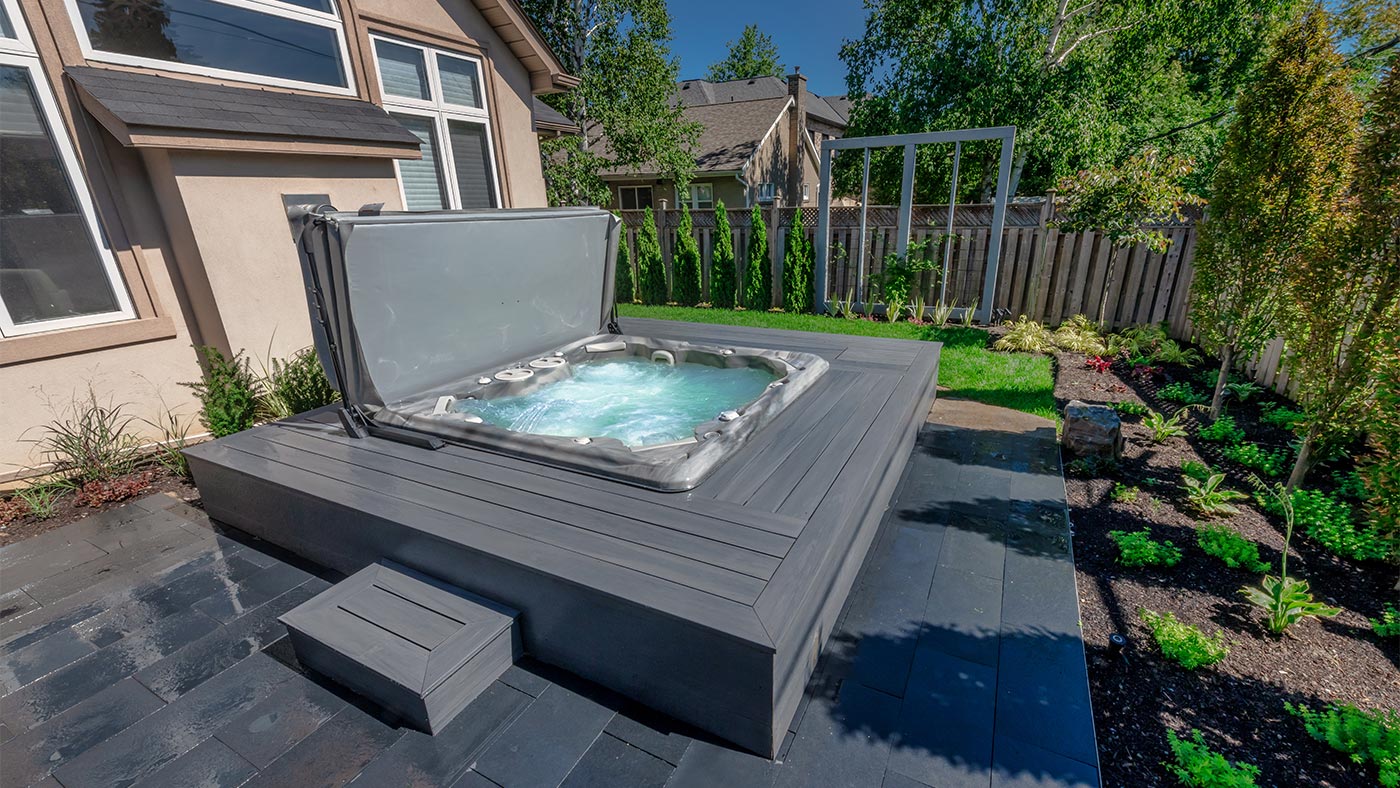
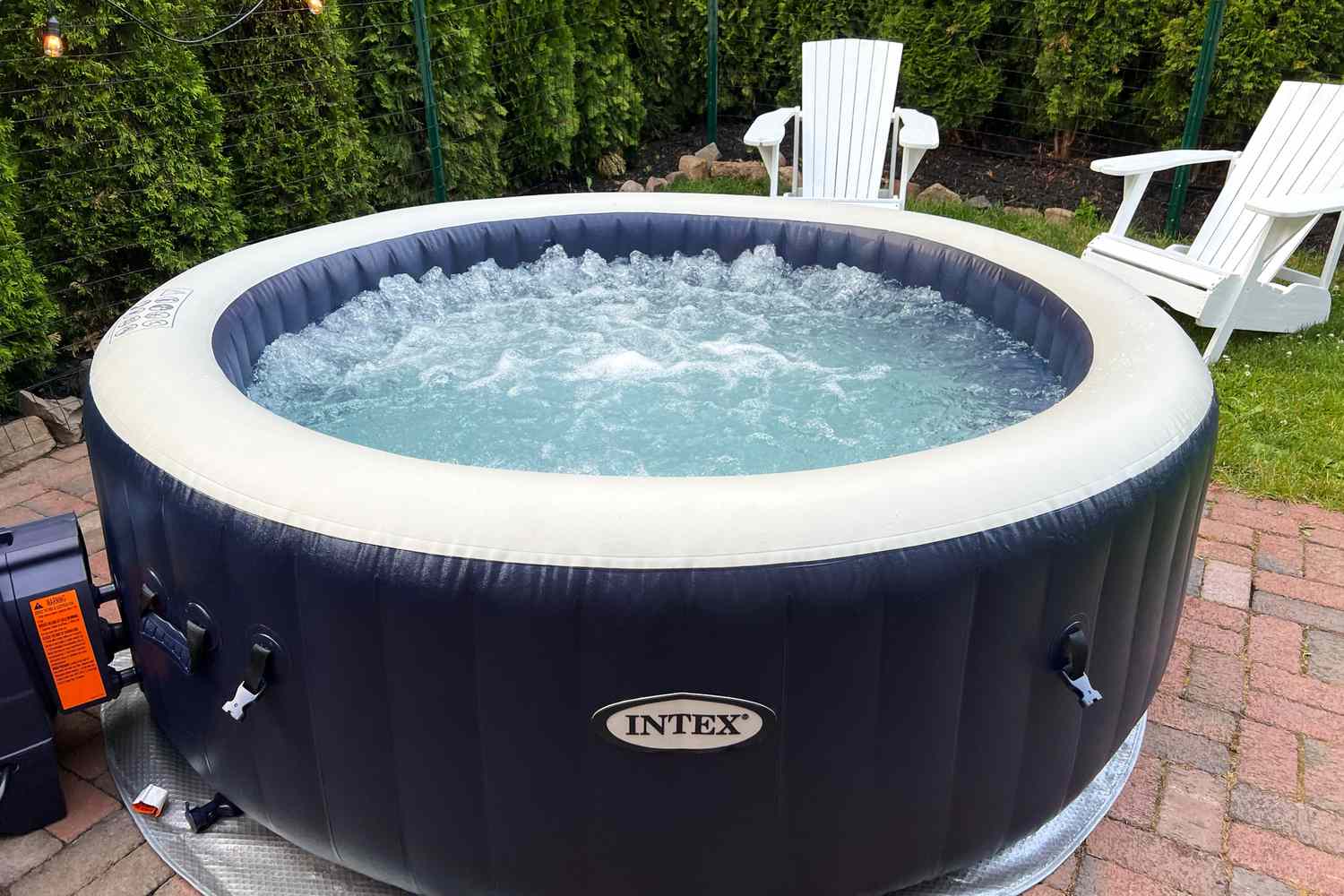
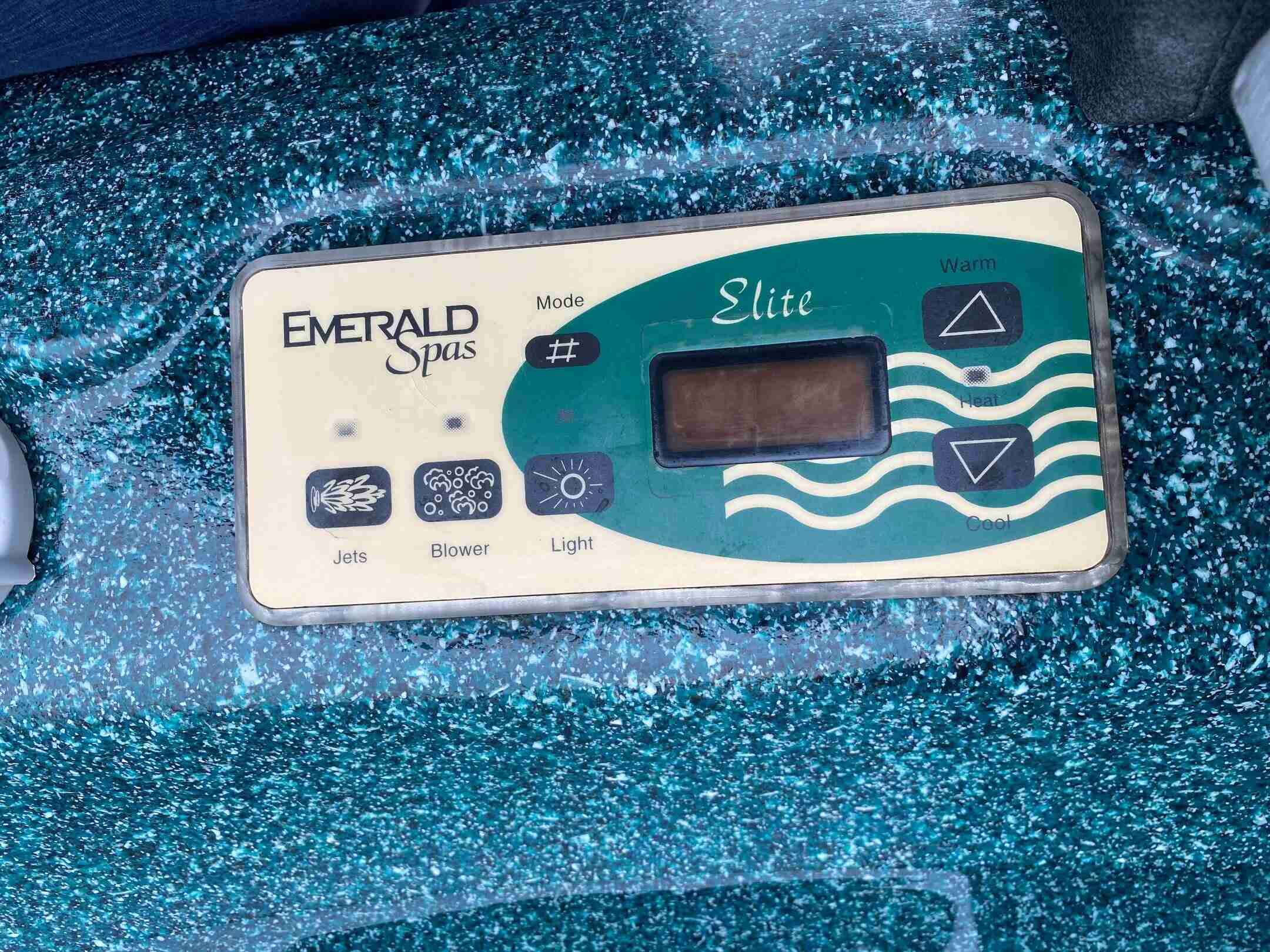
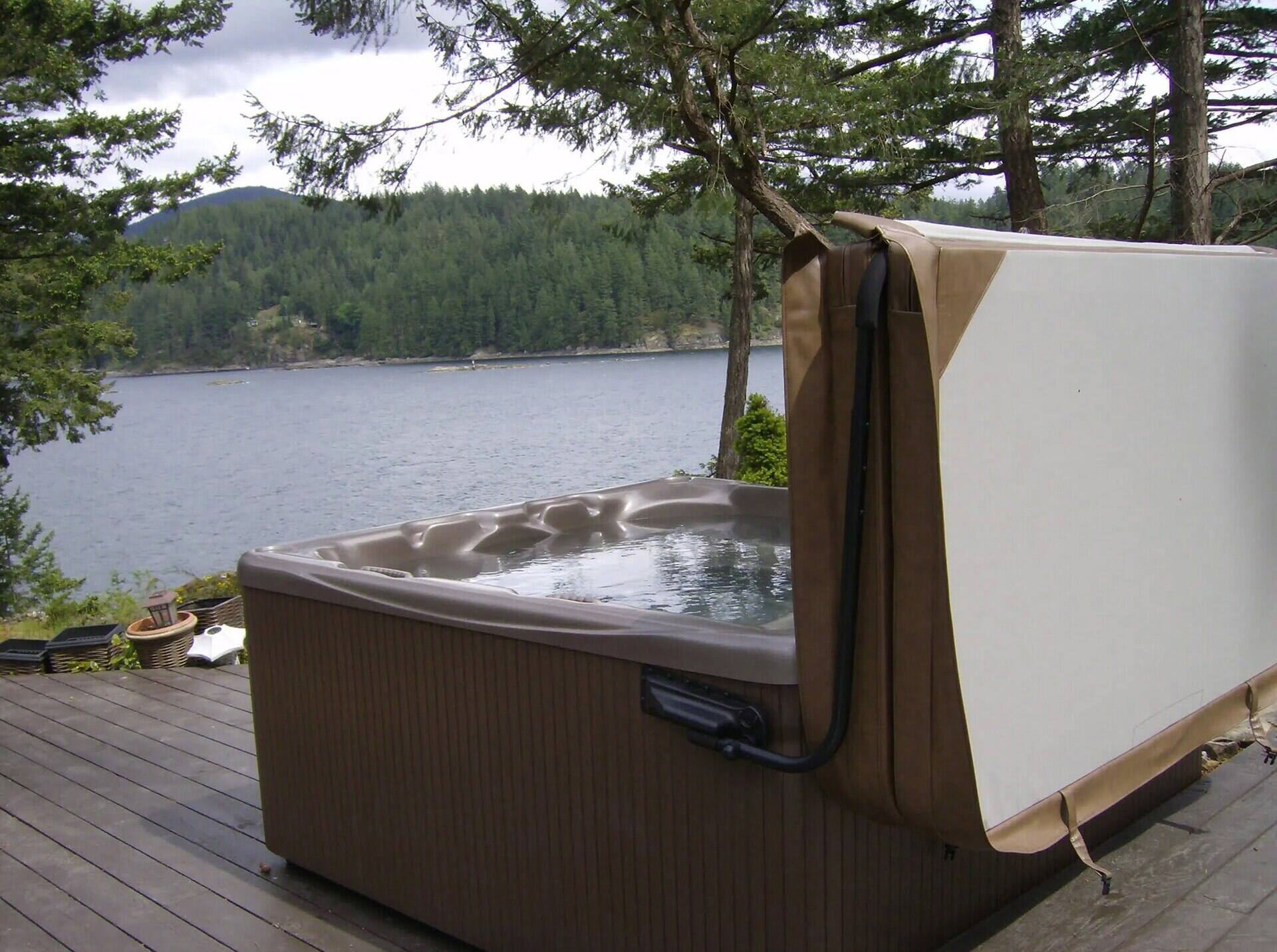
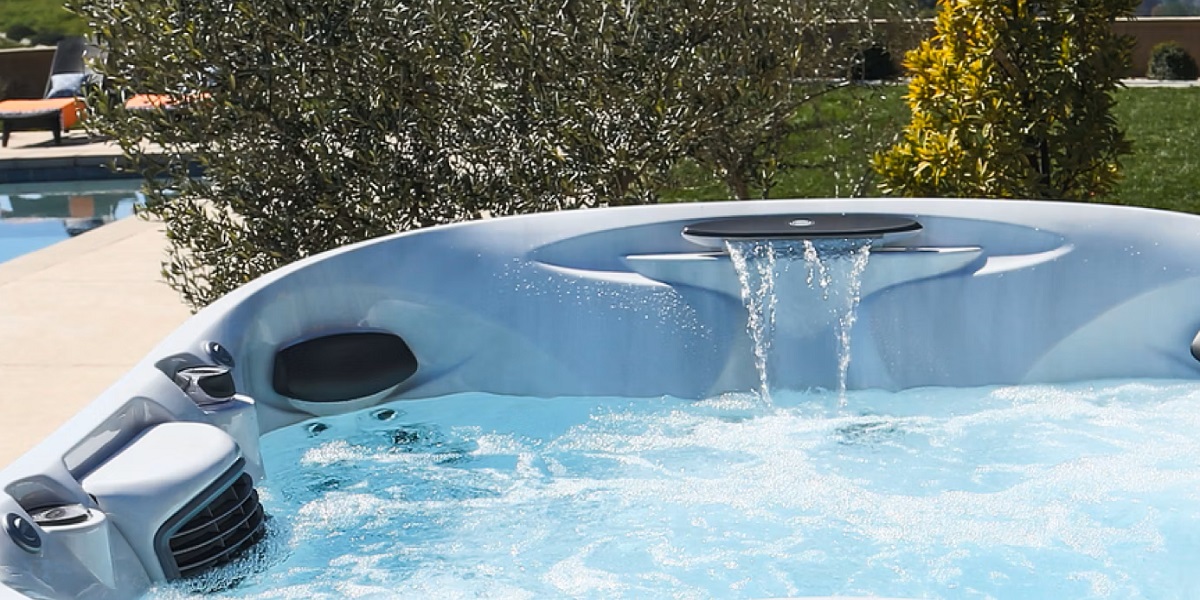

0 thoughts on “Why Did My Hot Tub Drain”